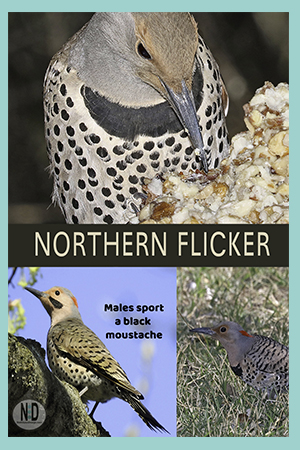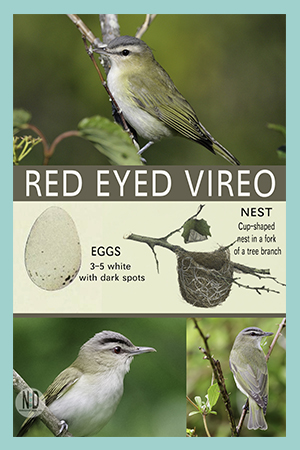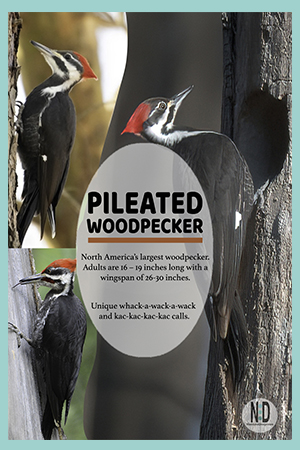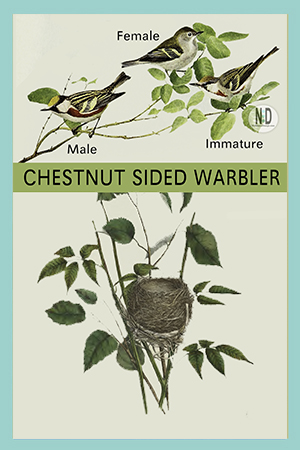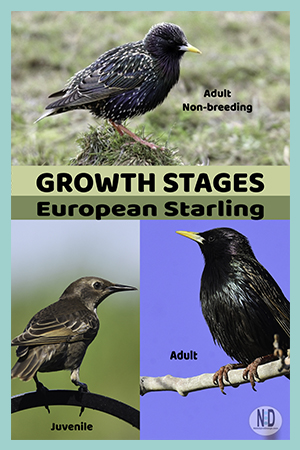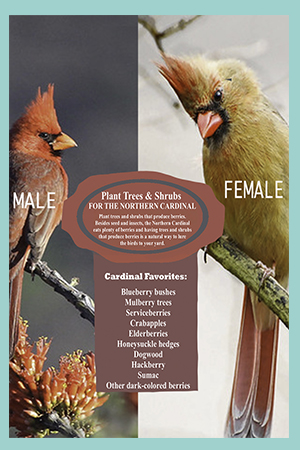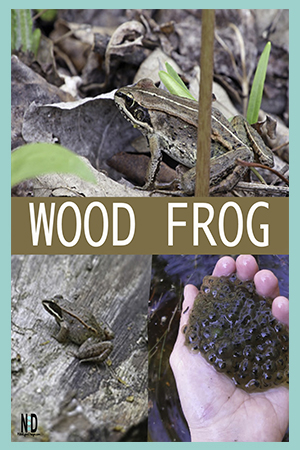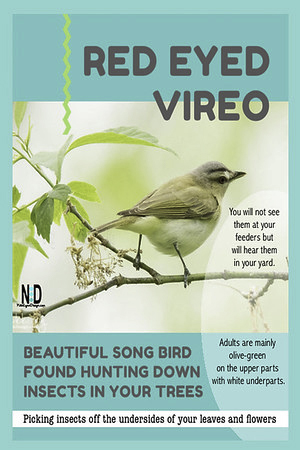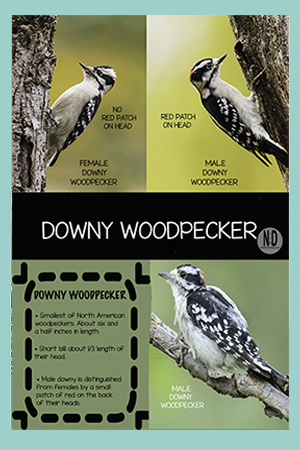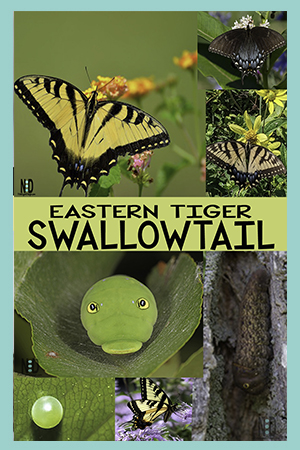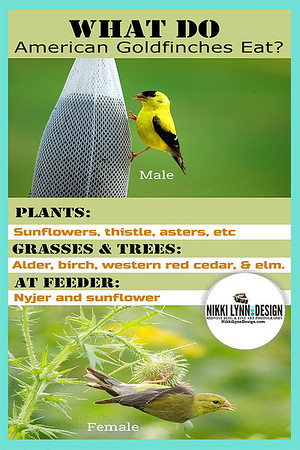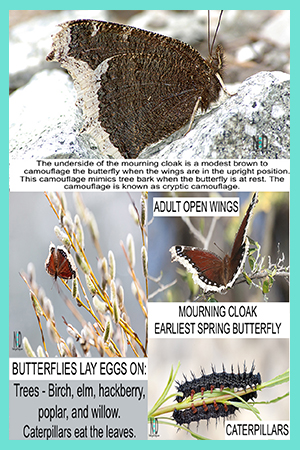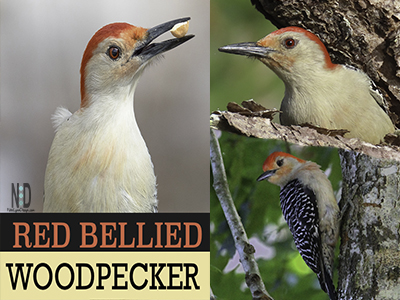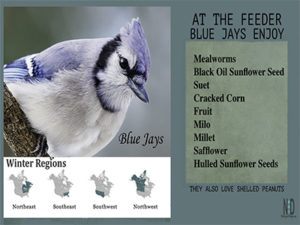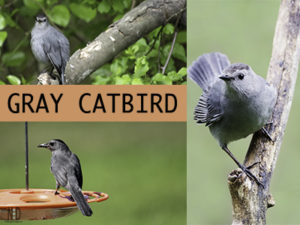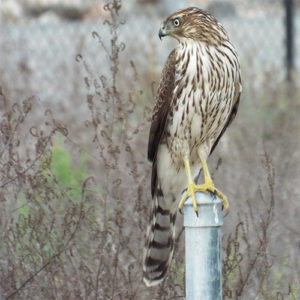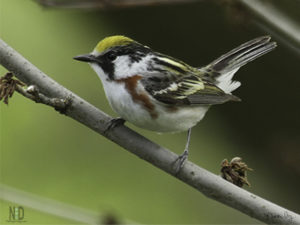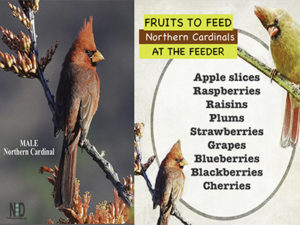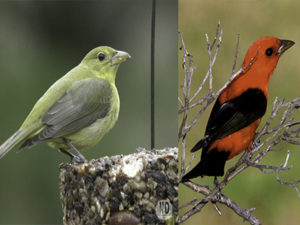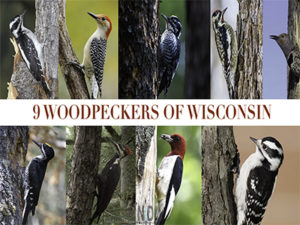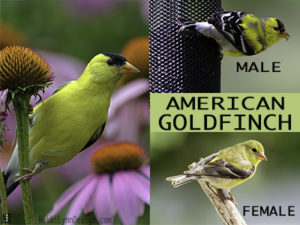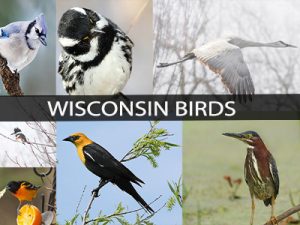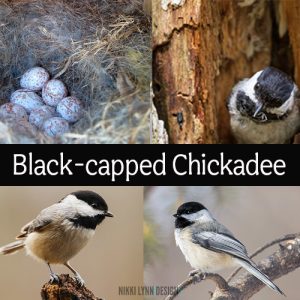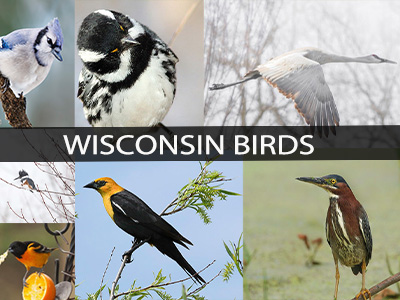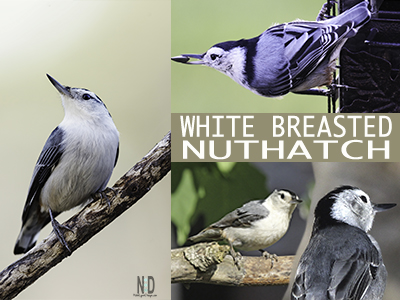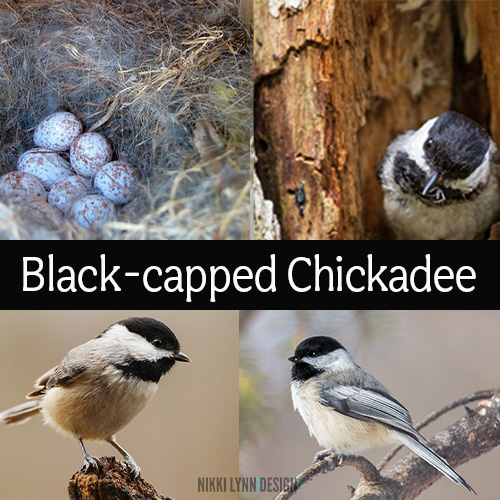Red Bellied Woodpecker
The red-bellied woodpecker is a medium-sized woodpecker of the Picidae family. It breeds mainly in the eastern United States, ranging as far south as Florida and as far north as Canada. Its common name is somewhat misleading, as the most prominent red part of its plumage is on the head.
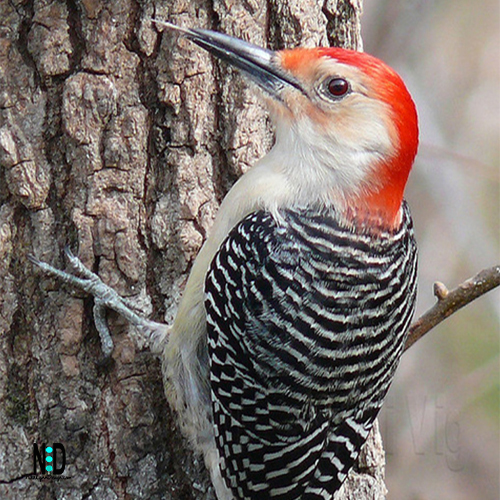
General Information
| Name:: | Red Bellied Woodpecker |
| Scientific Name:: | Melanerpes carolinus |
| Family: | Picidae |
| Size: | 9-10 inches long |
| Habitat: | Woodlands, wooded suburbs, parks |
| Diet: | Insects, nuts, berries |
Male vs Female
Adult males have a red cap going from the bill to the nape; females have a red patch on the nape and another above the bill.
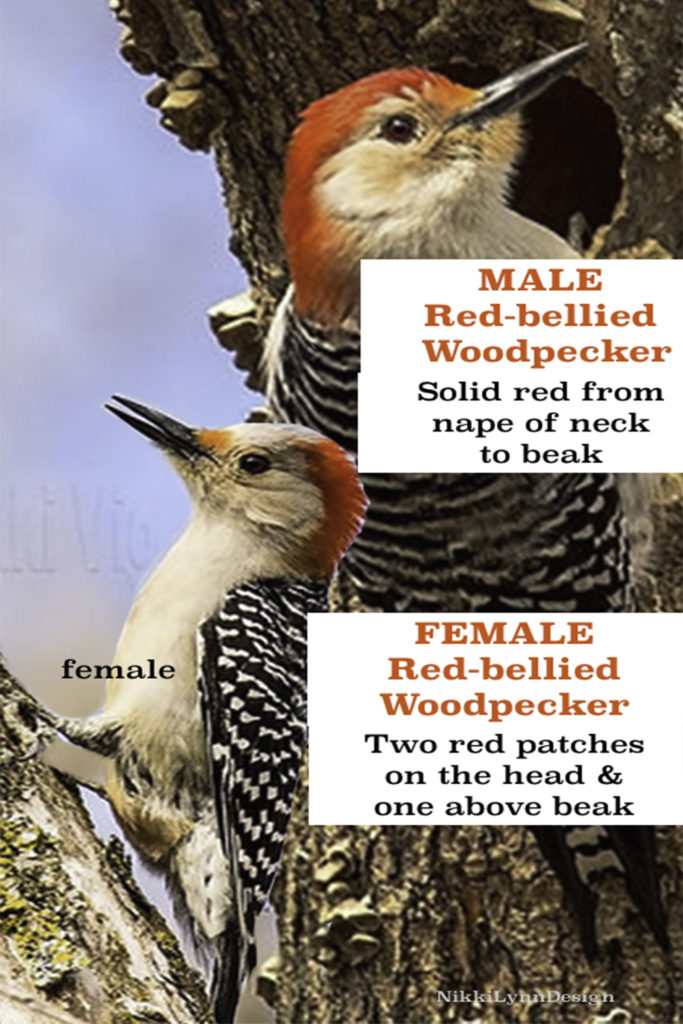
What Does the Red Bellied Woodpecker Eat in the Wild?
The woodpecker uses its bill for foraging as a chisel drilling into bark or probing cracks on the trunk of trees. In this manner, the red-bellied woodpecker is able to pull out beetles and other insects from the tree with the help of its long tongue.
Occasionally, the woodpecker will also seek out oozing sap, fish, and even other small birds when insects are low.
• Beetles
• Ants
• Spiders
• Nuts
• Fruits
• Additional Insects
What Will Red Bellied Woodpeckers Eat At the Feeder?
Red bellied woodpeckers visit my backyard mainly during the late summer, fall and winter. They are fun to watch occasionally drinking hummingbird and oriole feeder sugar water, eating orange halves left for the orioles and picking out fruit bits, hulled sunflower seed and peanuts from platform feeder mixes.
Try feeding some of these to encourage the woodpeckers to visit your yard.
• Black oil sunflower seed
• Hulled sunflower seed
• Peanut halves
• Beef suet
• Dried fruits (also love fresh orange halves)
• Sugar water
As with all animals, foraging becomes an important role in an animal’s ability to survive and reproduce. The red-bellied woodpecker expresses foraging behavior by catching or storing food.
Nesting Info
| Habitat: | Hole excavated in a dead branch, stub, or dying part of a living tree, where the wood is sufficiently decay |
| Nest Shape: | The chips and sawdust left after exca\ating act as a bed for their eggs. |
| Eggs: | 3-8 white eggs |
| Incubation: | 12-14 days |
| Fledging: | 20-25 days after hatching |
General Nesting Information
Both woodpeckers build a nest in old or dying trees by hollowing out a cavity about a deep and lined with wood chips and occasional mud and grass.
The female lays three to eight eggs and both parents incubate the eggs and care for the young. The male incubates at night. The chicks hatch in about 12-14 days and they fledge in about a month.
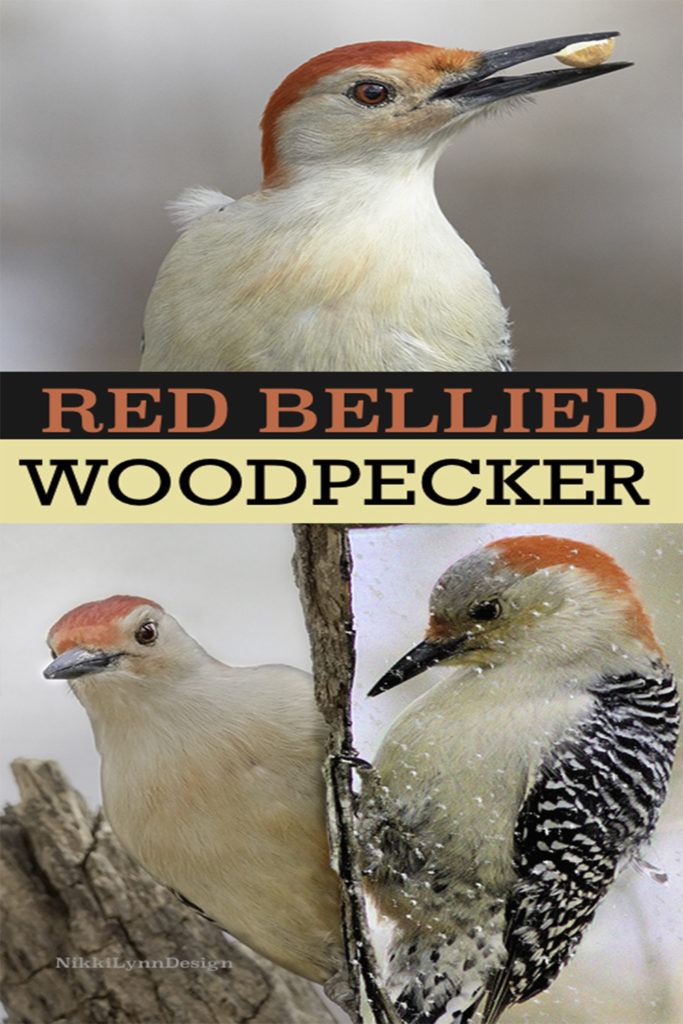
Additional Posts
